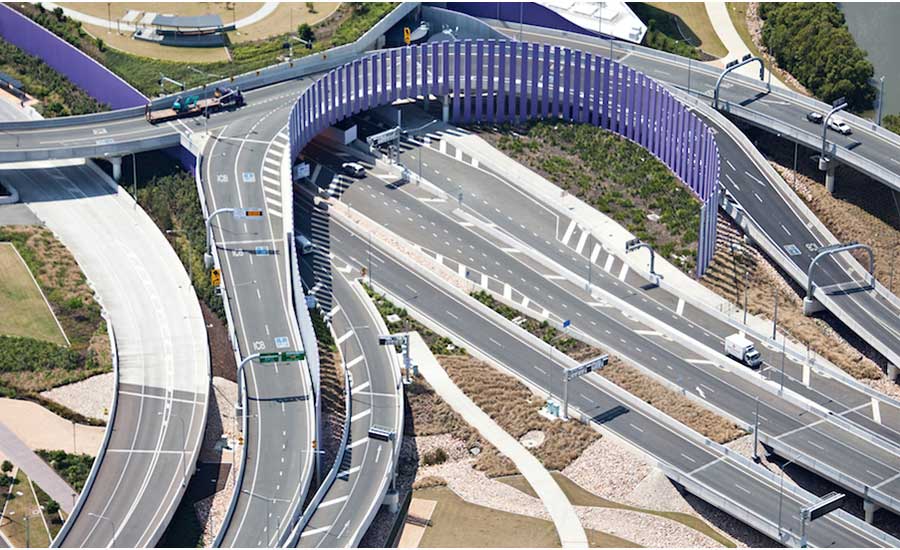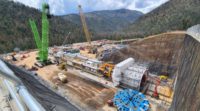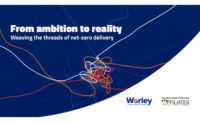UK-based design firm Arup confirms that it has settled an estimated $1.7-billion lawsuit over alleged misleading traffic forecast models for a P3 airport road link in Brisbane, Australia that went bankrupt in 2013.
The firm declines to reveal the settlement amount or other details of the agreement, but published reports estimate it is at least $80 million.
The firm's Australian unit was sued in 2014 by PPB Advisory, a receiver company set up after the 2013 failure of Brisbane’s Airport Link Tunnel concession after one year of operation. According to court documents, traffic reached only a quarter of what Arup forecast.
In a Dec. 27 report, the Australian Financial Review says Arup's defense in a trial that began last October, collapsed within weeks after an outside consultant hired by PPB questioned the forecaster's traffic forecasting modeling approaches, contending they contained "methodological errors and unreasonable assumptions" that inflated ridership numbers and were "unreasonable, implausible and unreliable."
The report, by Veitch Lister Consulting, alleged the Arup projections showed "a recklessness or incompetence ... inconsistent with the expected behaviour of a reasonably competent traffic forecaster."
Attorneys for PPB did not response to ENR requests for comment, but the Australian press account says that on cross examination, Arup's lead forecaster, Gerard Cavenagh, acknowledged that some of the modeling was, as a PPD attorney claimed, "totally and utterly absurd."
Cavenagh now is senior manager of traffic services for Transurban, which bought the Airport Link concession in 2015.
PPB agreed to the settlement, finalized last month, to insure a financial payout rather than await a judicial ruling, contending that a decision would have forced Arup into bankruptcy and hindered any payment recovery for investors, says the Financial Review account. Arup's Australian business had revenue of about $245 million in the year from about March 2016 until March 2017, says the press account.
PPB also had reportedly applied for an injunction to freeze Arup assets, it says, but not clear now is how insurance will cover the payment amount.
Arup confirms that four Australian based directors who had resigned from its board in November, had rejoined last month. In light of the settlement, the firm's cross claim against investment lead Macquarie has been dropped.
But Arup is believed to still offer traffic forecasting services.
According to Public Works Financing, a leading P3 sector publication, the settlement follows others by design firms related to traffic forecasts on Australia P3 transportation projects. AECOM paid $201 million (A) in 2015 to receivers of Brisbane's Clem7 Tunnel based on improper disclosure to investors, says PWF, and has largely exited the forecasting business.
Parsons Brinckerhoff, now owned by Canada-based WSP, settled for $121 million in 2016 for poor forecasts on Sydney's Lane Cove Tunnel. In a statement, the firm says “WSP in the USA does not perform investment grade traffic and revenue forecasting for third parties.”
Traffic forecasting consultant and former URS executive Raymond Tillman says "the flaws in the [Arup] methodology used were so egregious that they could not be ignored and conclusions were drawn from them."
Adds Tillman: "A more clever T&R [traffic and revenue] analyst could have used an approach that permitted him to claim that only his judgement was flawed, rather than using an obviously erroneous set of analysis assumptions and methods. Judgement flaws are part of the business, he could claim, possibly successfully."
The consultant contends that "a more critical examination of forecasted T&R was certainly hastened by this litigation, but it was happening anyway."
A design firm executive says "external factors" such as financial and political pressures also played a role in the Australian projects' performance issues, but he wonders how insurance policies will cover T&R services in the future in the wake of the latest litigation outcome.
"Is this creating a potentially uninsurable risk" for AE firms? he says.






Post a comment to this article
Report Abusive Comment